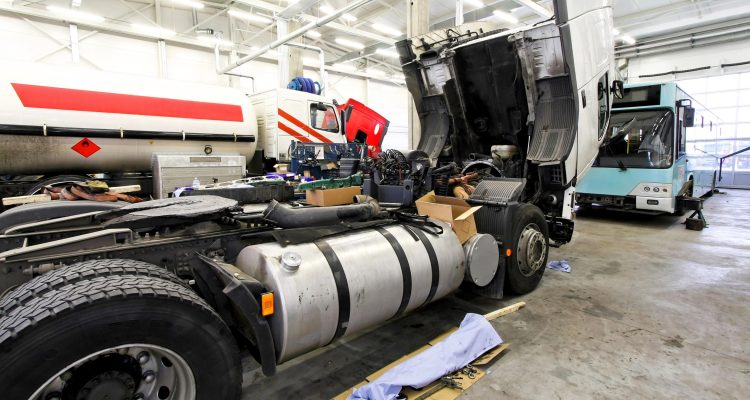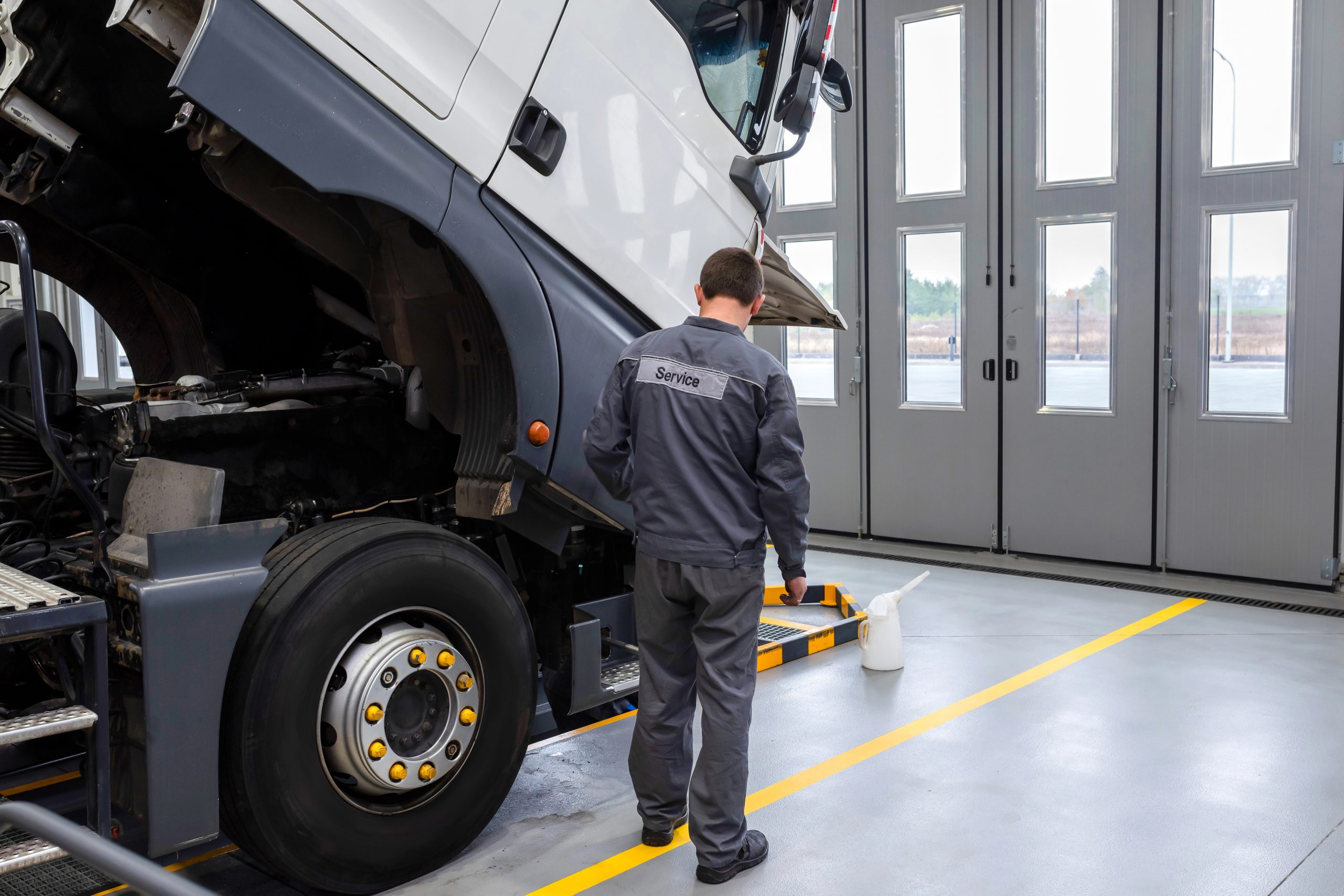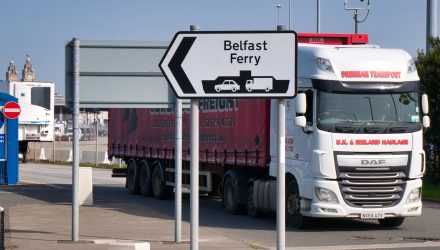Managing vehicle off-road (VOR) times is a common challenge for commercial vehicle operators, and the focus of continual discussions with suppliers and vehicle providers to help fleets operate at maximum efficiency.
While there is no one magical solution, there are many ongoing strategies that combine to help reduce downtime. These include ensuring vehicles are driven more carefully and at reduced speeds, monitoring mileage to meet service intervals and responding promptly to dashboard warning lights.
Continuous two-way communication between operator and vehicle supplier is also key to tackling VOR times, particularly keeping suppliers up to speed with changing vehicle use, such as shifts in mileage patterns or operation, as these can make a big difference to how the engine runs and the maintenance required.
Equally it’s incumbent on the supplier to track changes in legislation and guidance that may affect vehicle compliance regimes and keep operators updated in advance of any changes that might affect their fleet.
Keep partners abreast of detailed usage plans
Proactive maintenance is vital to reducing VOR. Ensuring providers know exactly how each vehicle is being used means a better, more bespoke approach to service and maintenance plans, resulting in improved uptime.
A high-mileage vehicle that travels from one end of the UK to the other on motorways requires a very different approach from a low-mileage traffic management vehicle that may spend much of its working life idling and driving at slow speeds for short intervals.
Working in partnership will help ensure the correct maintenance solution is provided for each vehicle’s specific operation. For example, the diesel particulate filter (DPF) may clog if the vehicle’s low use does not result in the exhaust’s regeneration of the DPF.
In this case, it’s important to work closely with your supplier on regular inspections and to create a joint plan on correct drive cycles that ensure regular regeneration to maintain the vehicle’s performance and longevity.
This also means suppliers need to know when the vehicle usage changes so they can adjust the SMR schedule accordingly.
If a typically low mileage vehicle, for example, a local airport-only van, is suddenly regularly driving much longer distances, that will have a significant impact on its maintenance schedule. An HGV on 100,000 km a year will require a revised SMR programme if a new contract requires it to travel 200,000 km a year – or vice versa.
Being proactive and agile with maintenance planning and provision is essential to ensure continued compliance as well as reducing VOR times. It’s important to check that partners have the coverage, scale and flexibility to handle any change in vehicle usage so that they can keep downtime to a minimum.
Know when the rules change
Compliance goes hand in hand with lower VOR and fleet performance, so it’s vital to ensure suppliers and operators both understand how to ensure support when the rules or guidance are shifting.
For example, the DVSA has recently provided new industry guidance on brake testing for HGVs and enhanced requirements for carrying out laden roller brake tests (LRBT). Many operators are settling into their interpretations of the current guidance and how these fit their operations.
So, it will be important to work closely with a partner that has the experience, equipment and scale to carry out such tests and ensure compliance with your required PMI and brake testing requirements.
Vehicles with bespoke and specialist equipment will need extra maintenance and compliance support, such as Lifting Operations and Lifting Equipment (LOLER) tests, calibration and tank tests. These will need to be planned to fit within your required regimes and ideally scheduled together with regular SMR events to keep downtime to a minimum.
Plan service and maintenance for convenience
There are now more options for delivering effective service and maintenance which can be discussed and planned with relevant suppliers. This could include the use of mobile units or on-site clinics which mean that vehicles don’t have to return to a regional depot every time.
Timing is another consideration. Is there a particular time of day, for example, late afternoon for operators that start early in the morning, that might be less disruptive to the customer’s schedule? Accommodating school holidays or more flexible working patterns are other opportunities for ensuring service and maintenance works with and around usage plans.
Manage your risk through longer fleet cycles
A final consideration is that while new guides rules like the General Safety Regulation in Europe means vehicles are becoming safer, they often bring higher acquisition costs and more safety equipment to manage. Some fleets are therefore keeping their existing vehicles for longer, which highlights the need for regular and effective maintenance schedules.
With cost, compliance and efficiency at the forefront of every VOR conversation, the benefits of working closely with chosen partners to fine-tune service and maintenance means vehicles are fully operational as much as possible. Keeping communications open and planning ahead means operators and partners are more likely to minimise downtime and keep vehicles on the road.
Author: Danny Glynn, managing director of Enterprise Flex-E-Rent







